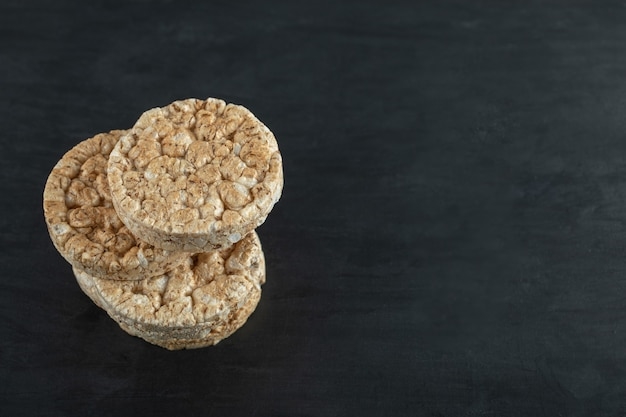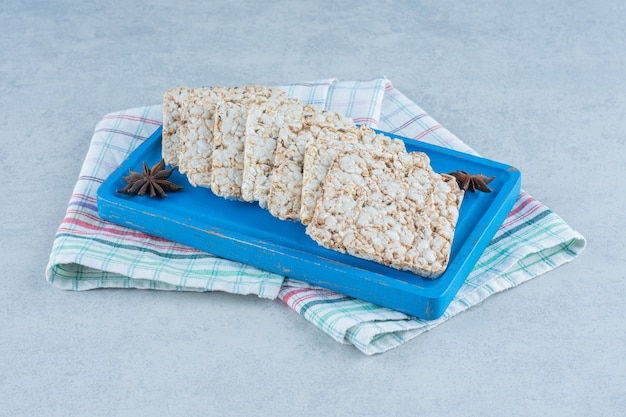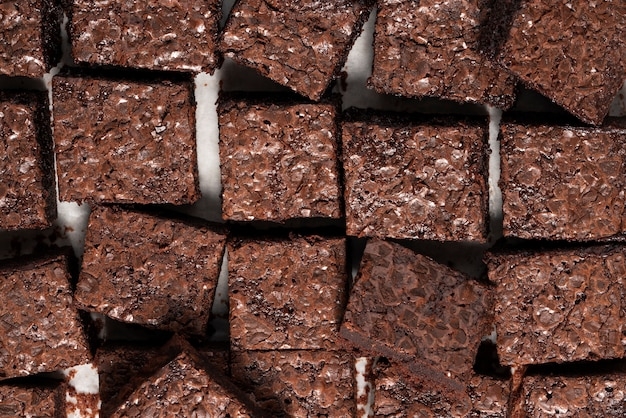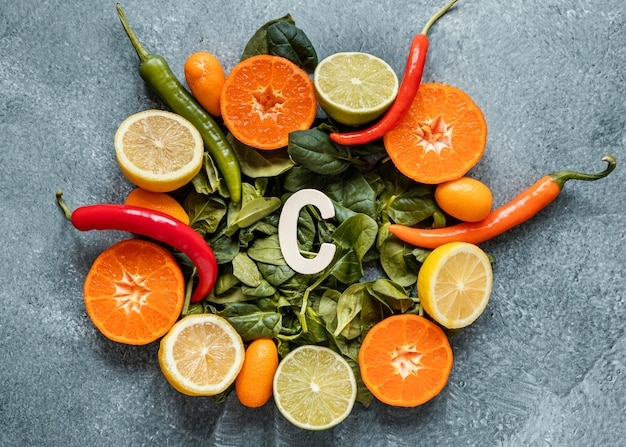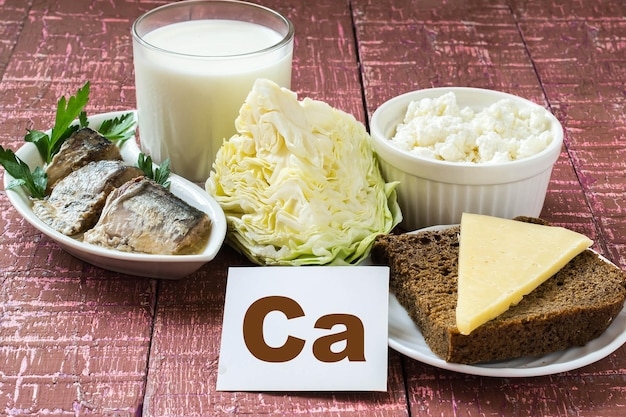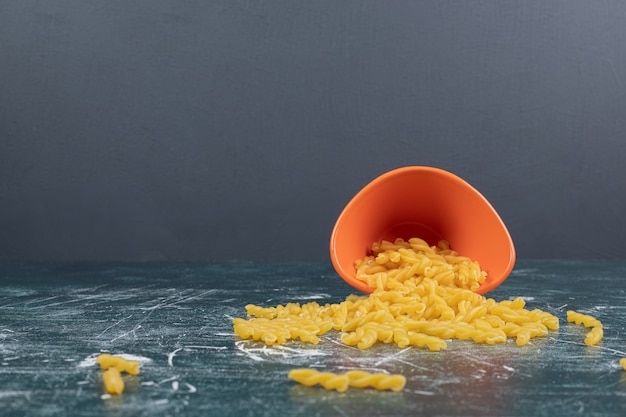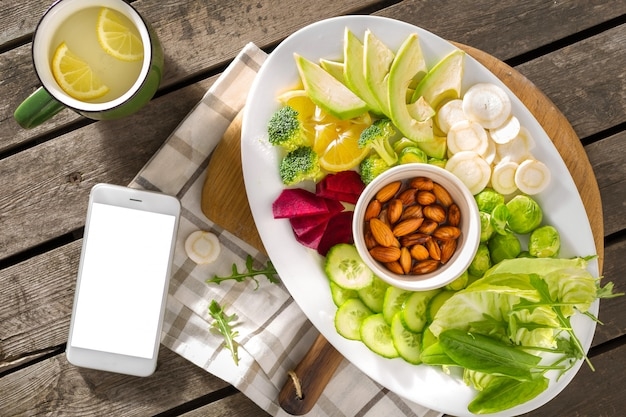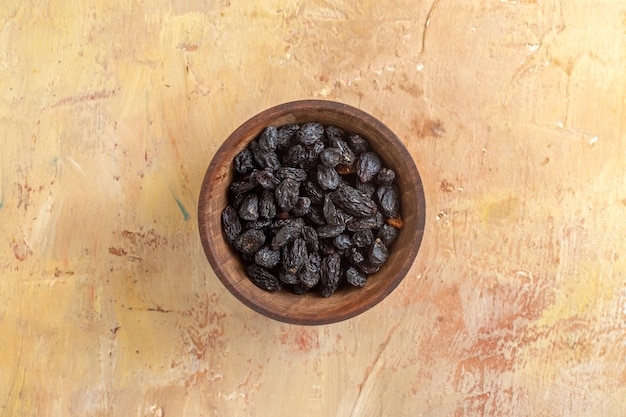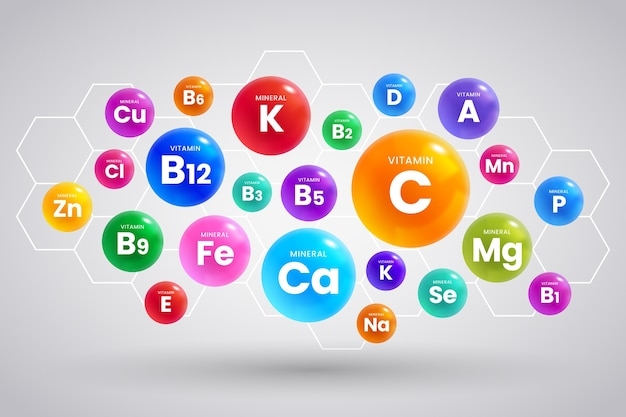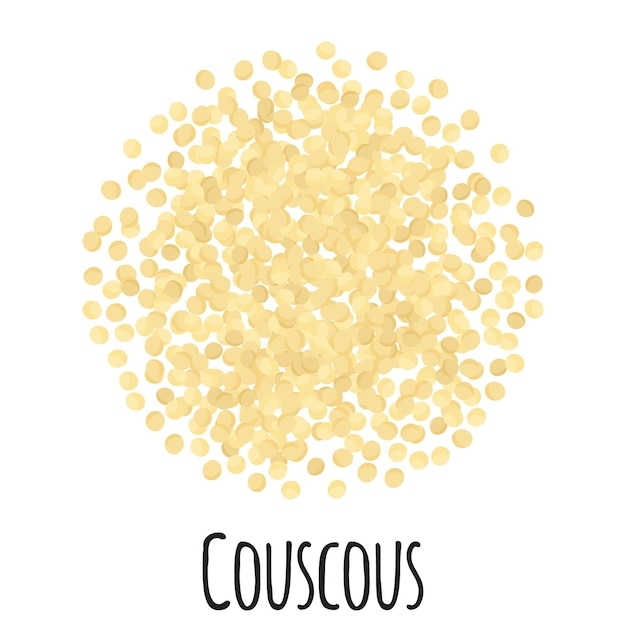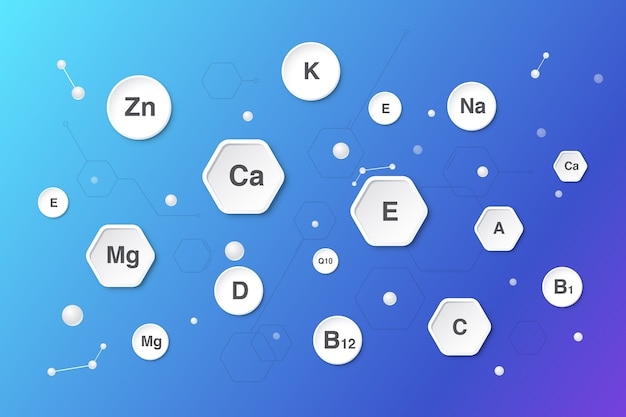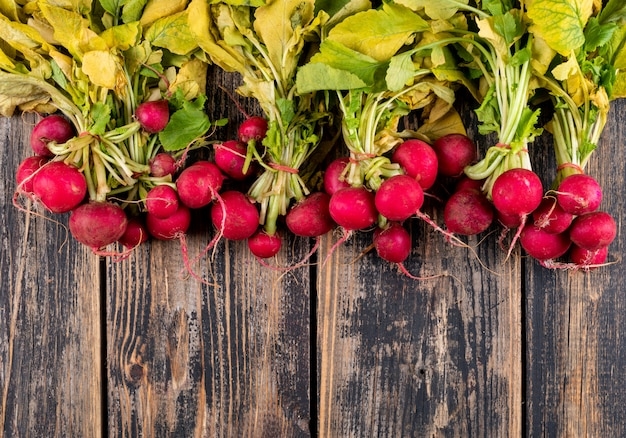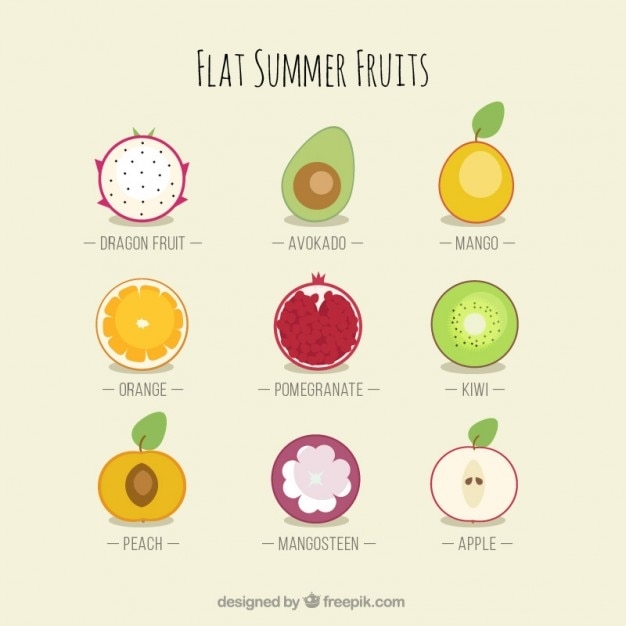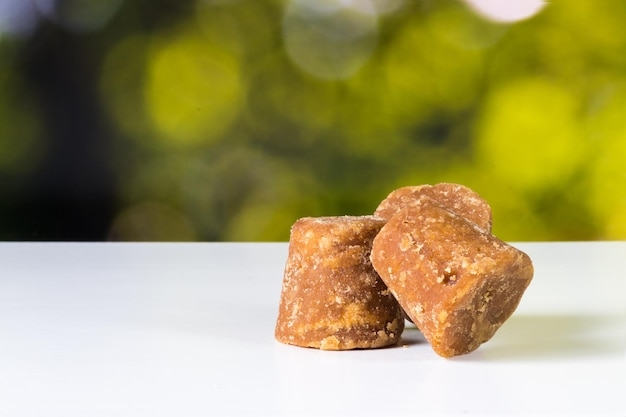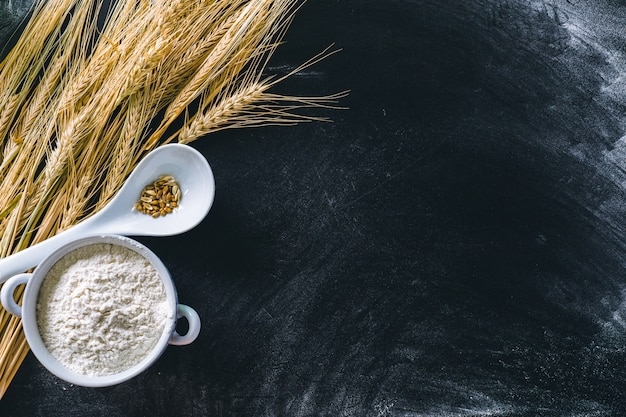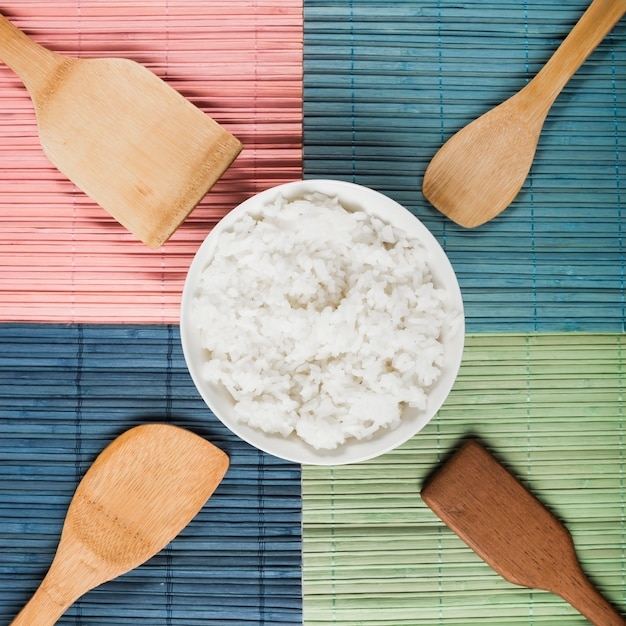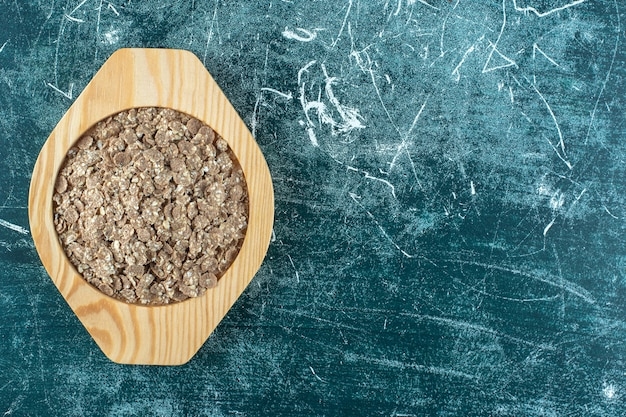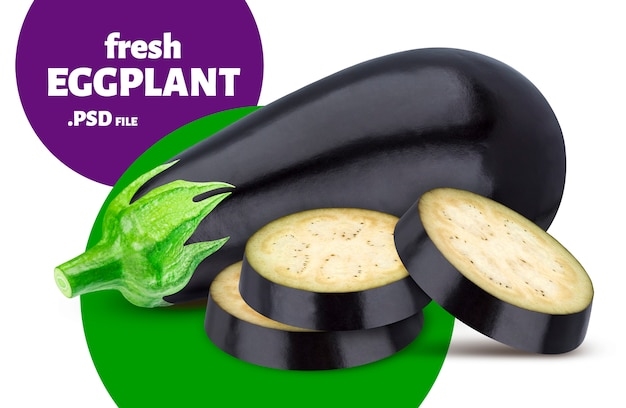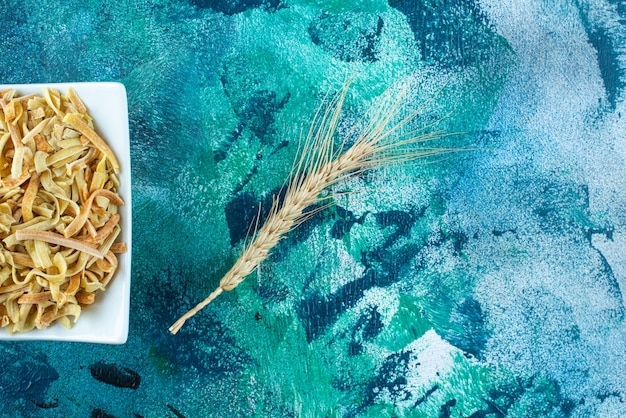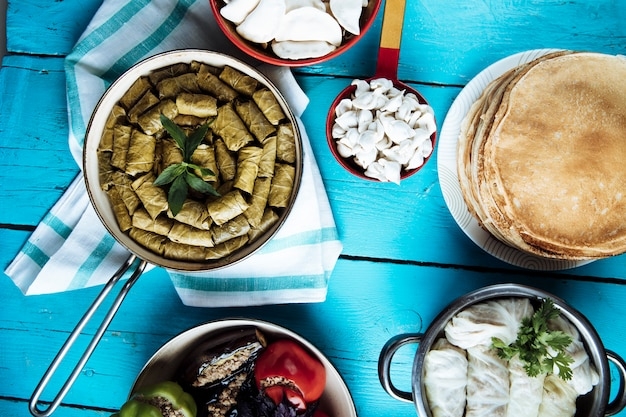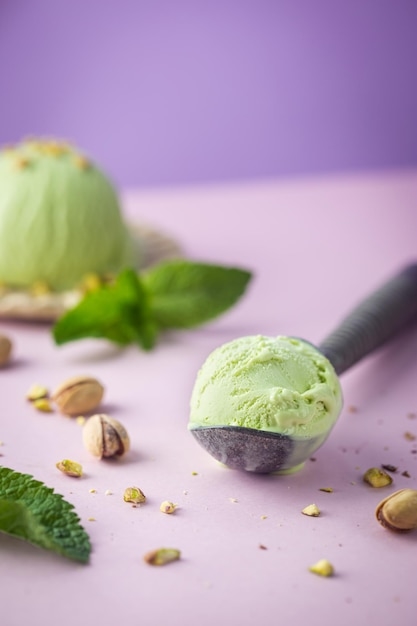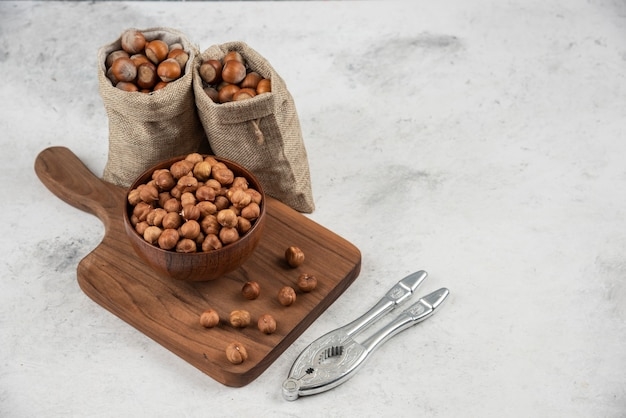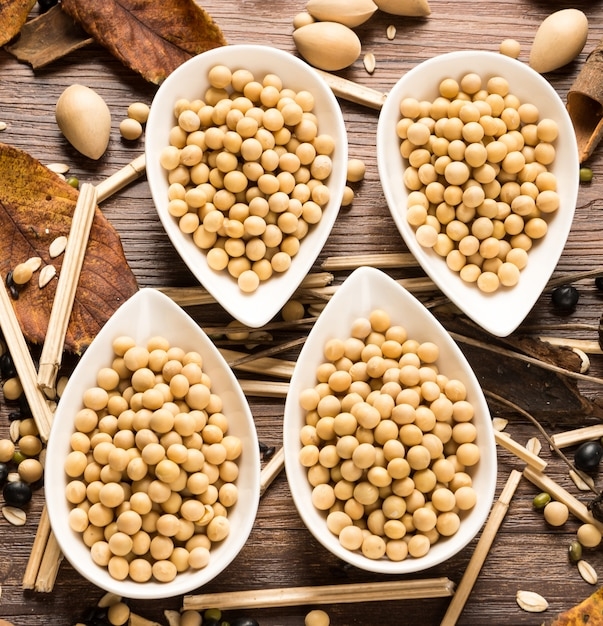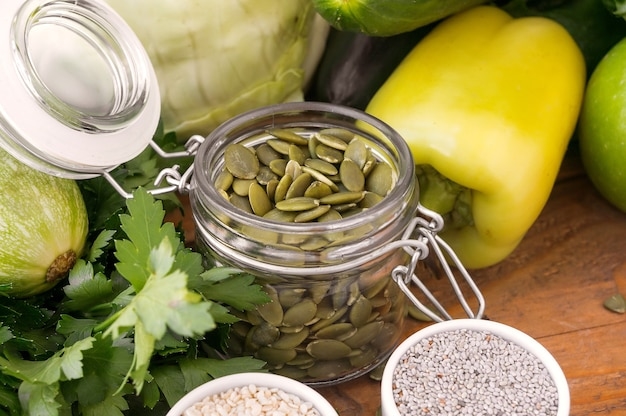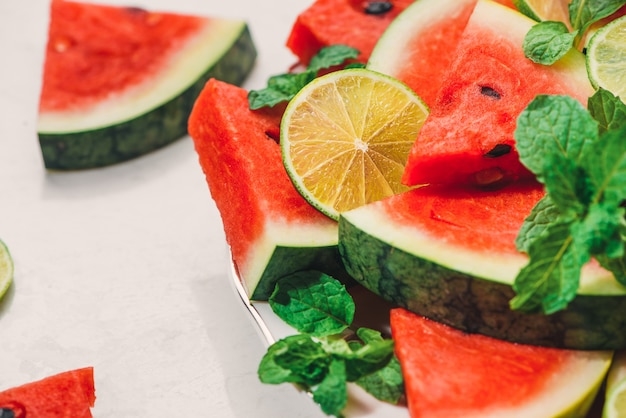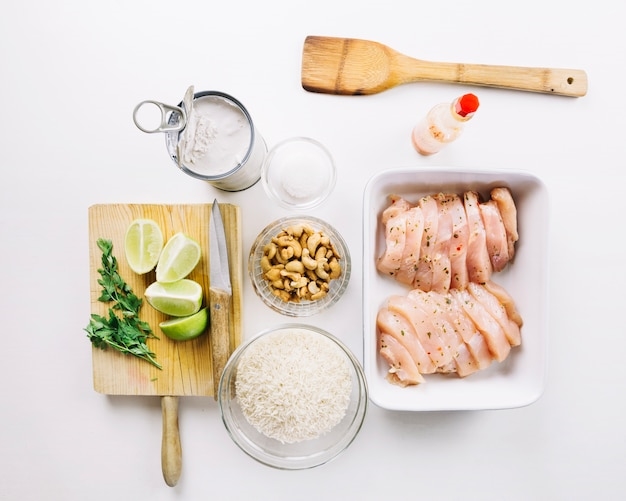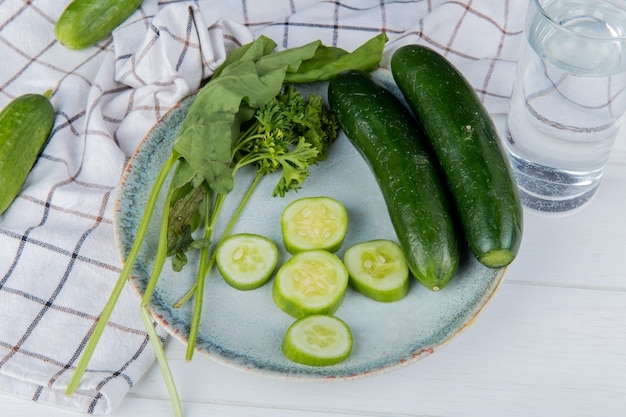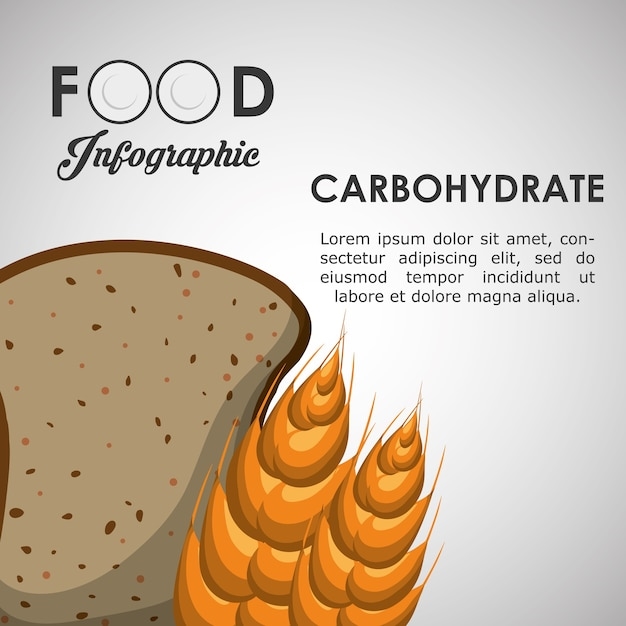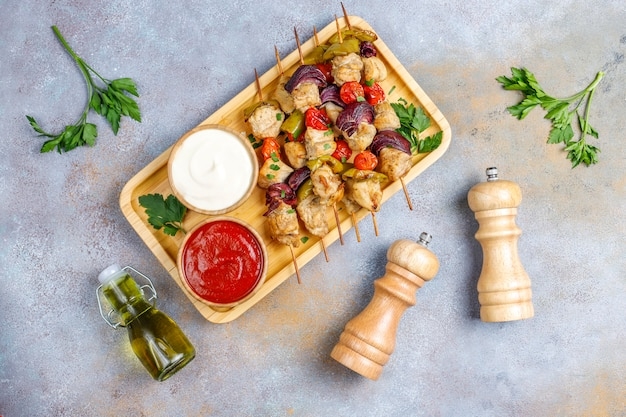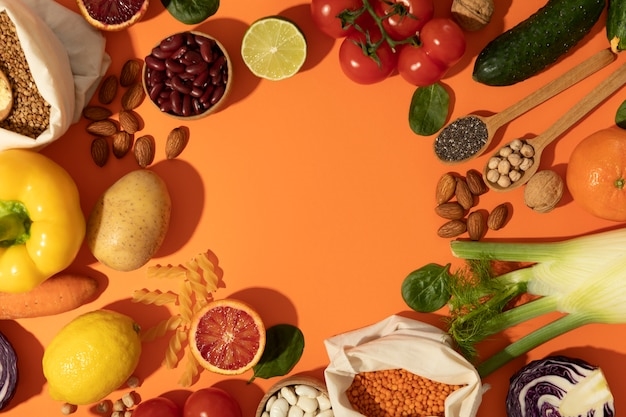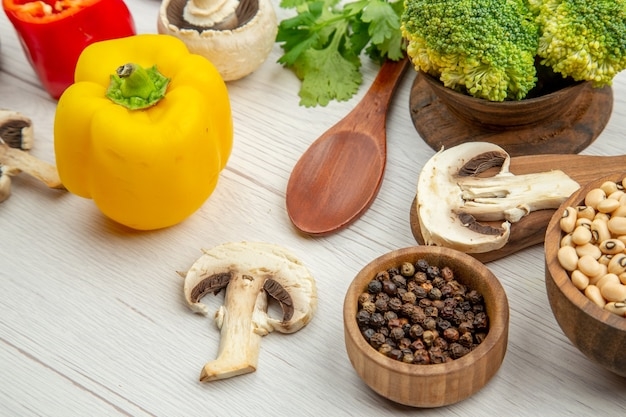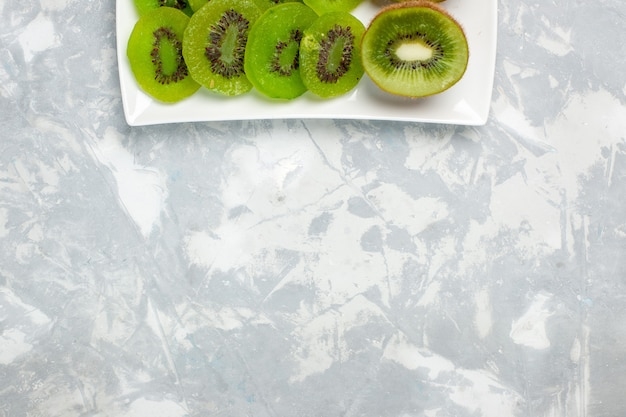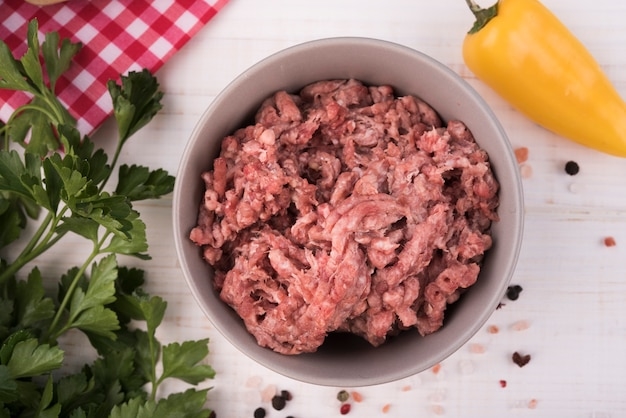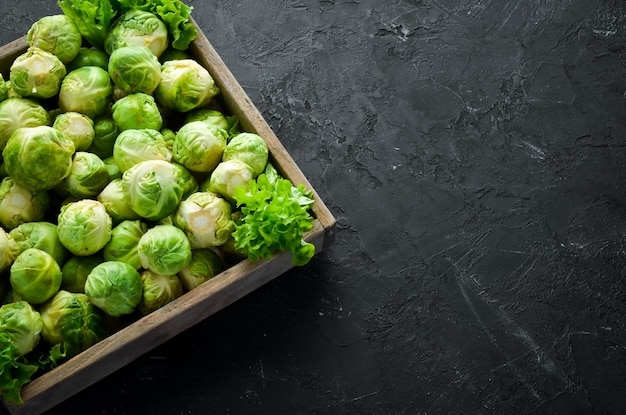Greek Gyro is a popular Greek dish that is made up of thinly sliced seasoned meat that is traditionally slow-cooked on a vertical rotisserie. The meat used in Gyros can vary but most commonly it is either pork, chicken or lamb. The seasoned meat is then typically served in a warm pita bread with fresh vegetables and delicious Tzatziki sauce. Besides being a tasty and flavorful meal, Greek Gyros also offer a variety of nutrients beneficial for human health. This article will explore the protein, calcium, and iron content per 100g of Greek Gyro to help you understand its nutritional value.
Protein Content
Protein is an essential macronutrient needed for growth and repair of body tissues and muscle. Greek Gyro is a good source of protein, especially if you choose chicken or lamb as your meat option.
| Meat Option | Protein per 100g |
|---|---|
| Pork | 19.9g |
| Chicken | 25.4g |
| Lamb | 27.3g |
It is important to note that the protein content can vary depending on the way the meat is prepared and cooked, and also the amount of fat and spices that are added to it.
Calcium Content
Calcium is a mineral that is essential for strong teeth and bones, muscle function and nerve transmission.
| Greek Gyro Ingredient | Calcium per 100g |
|---|---|
| Pita Bread | 38mg |
| Tzatziki Sauce | 85mg |
The meat used in Gyros does not contain much calcium, but the ingredients used to accompany the meat can contribute to your daily calcium intake. Pita bread and Tzatziki sauce are great sources of calcium.
Iron Content
Iron is a mineral that is essential for producing red blood cells which carry oxygen throughout the body.
| Meat Option | Iron per 100g |
|---|---|
| Pork | 1mg |
| Chicken | 1.3mg |
| Lamb | 2.6mg |
Lamb is the richest source of iron in Greek Gyro. It is important to note that just like protein, the amount of iron can vary depending on how the meat is prepared and cooked.
FAQs
Q: Are Greek Gyros unhealthy?
A: Greek Gyros can be part of a healthy, balanced diet. However, some Gyros can be high in sodium and fats due to the added sauces and ingredients.
Q: Is Greek Gyro gluten-free?
A: Pita bread, one of the main components of Greek Gyro, is not gluten-free. However, there are alternative gluten-free options available that can be used instead of Pita bread.
Q: What is Tzatziki sauce made of?
A: Tzatziki sauce is a Greek sauce made from yogurt, cucumber, garlic, salt, and olive oil.
Q: Can Greek Gyros be a good source of vitamins?
A: Greek Gyros do not usually contain many vitamins. However, the vegetables used to accompany the meat such as tomatoes and lettuce can be a good source of vitamins.
Q: Can Greek Gyros be a good source of fiber?
A: Gyros are not a good source of fiber as most of the ingredients used are not high in fiber. However, adding vegetables high in fiber such as spinach or bell peppers can increase fiber content.
Q: Is it possible to make Greek Gyro vegetarian?
A: Yes, it is possible to make vegetarian Gyro using various meat substitutes such as soy or seitan.
Q: Can Greek Gyros be part of a keto diet?
A: It is possible to make Greek Gyro keto-friendly by replacing Pita bread with a low-carb alternative such as lettuce wraps and avoiding high-carb sauces such as Tzatziki.
Q: Can Greek Gyros be made in a slow cooker?
A: While traditional Greek Gyros are prepared using a vertical rotisserie, it is possible to use a slow cooker to prepare Gyro meat. Slow cooker Gyros may not have the same texture or flavor as traditionally prepared Gyros, but they can still be delicious.
Q: Can Greek Gyros be reheated?
A: Gyros can be reheated, but it is important to watch the temperature to ensure the meat does not dry out or become tough.
Q: How many calories are in Greek Gyros?
A: The calorie content of Greek Gyro can vary greatly depending on the size and ingredients used. On average, a typical Gyro can contain anywhere from 500 to 800 calories.
Conclusion
Greek Gyros are not only delicious but also a good source of essential nutrients. Lamb Gyros have the highest protein and iron content, while Tzatziki sauce and Pita bread are great sources of calcium. By adding vegetables high in vitamins and fiber, it is possible to make Gyros even more nutritious. While Gyros can be a part of a healthy, balanced diet, it is important to monitor the portion size and added ingredients to avoid consuming excess sodium or fats.
